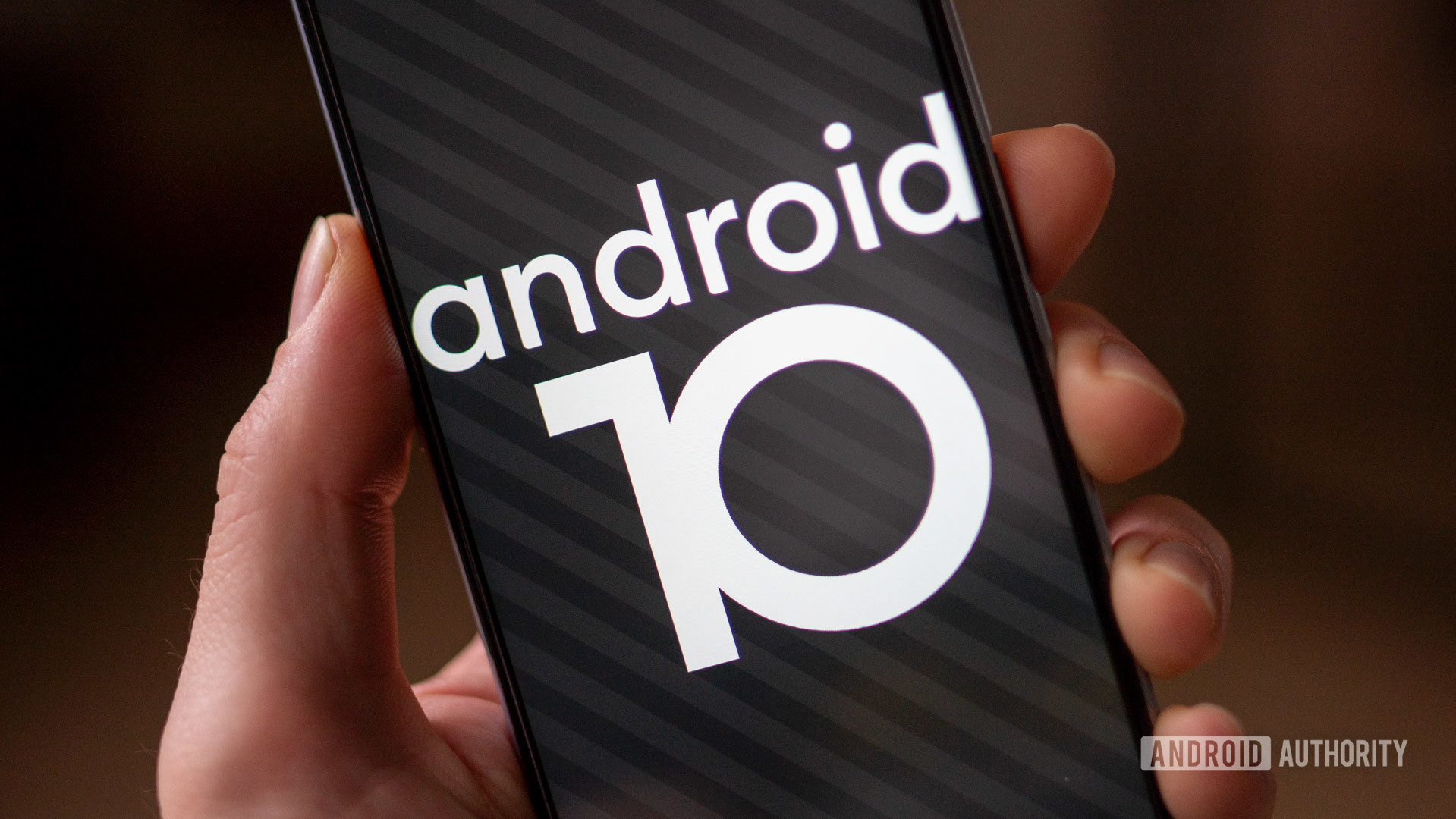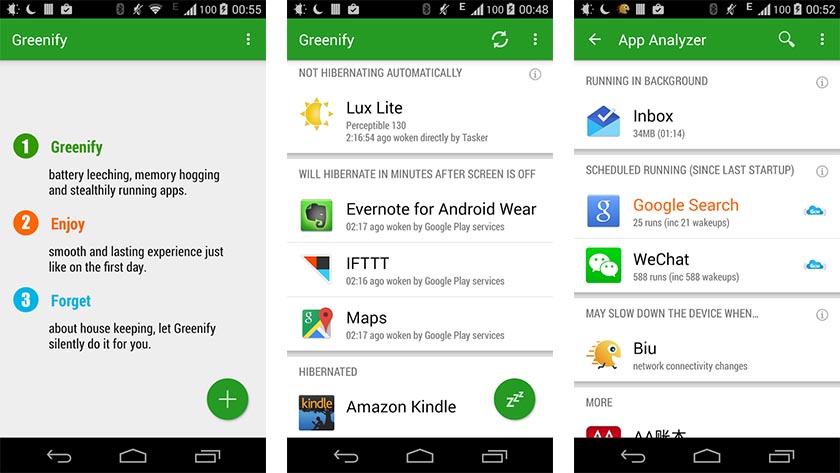How To Shut Down Apps Running In Background

Having your battery drain faster than expected is one of the biggest headaches with any Android phone. Tracking down a charger and plugging in shortly after a full charge overnight is always a sad feeling. If you're ready to thwart your battery woes, a simple culprit may be to blame. Here's what you need to know to conquer background apps.
See also:How to close apps on Android – Give your memory a break!
These apps can sap your battery and precious resources, but there may be a few different causes for your problems. Some apps might not be well optimized, some might be malware, or some might have a bug. All you need now is a little know-how, and we'll have you living the charged life shortly.
Ready for a little extra juice at no cost? Let's get into the best battery improvements.
Update your device! Get to Android 10 or better if you can

Many phones are still running on Android 10 even though Android 11 has been out for a while. Luckily, that's good news for users. Android 10 has great power management features that place limits on background apps and therefore extend your phone's battery life. One of them is called Adaptive Battery, which uses machine learning to figure out which apps you'll use in the next few hours and which ones you won't use until later, if at all today. Based on your usage patterns, it places each app into one of the five App Standby Buckets: Active, Working set, Frequent, Rare, and Never. Each of these buckets has its limitations for how much resources the apps it contains can use.
See also:When will your phone get Android 11?
To put it simply, an app placed in the Never bucket is hardly ever used, which is why the system will limit its access to resources like the CPU. This means it will use less battery. On the other hand, apps in buckets like Active are the ones you use the most and will get full access to the system's resources, so you can expect to get all your notifications on time.
The process is automatic and dynamic, which means the system learns your usage pattern over time and moves the apps from one bucket to the other accordingly.
Check what's draining your phone

Battery
Since battery life is so important, it's well monitored by your Android OS. To look at the apps guzzling power, go to Settings > Battery > Battery Usage. You'll get a list accurate to two decimal points of what's draining your battery. Depending on your device and software, the apps will be split into either system or non-system apps or by hardware and software to make things even easier.
See also:Charging habits to help maximize battery life
The more you use certain apps, the higher on the list they'll sit. Look out for any apps you don't recognize using more than a tiny percentage of your battery. Any app using over a few percent is worth looking into — saving five percent here or four percent there will add up. Anything that's a Google app or service is probably not something to worry about and just a natural part of Android and Google Mobile Services.
See also:6 common battery myths you probably believe
RAM
Using Developer options, you can also check out which apps dominate your phone's limited memory, also known as RAM. It may be that an app is not using a lot of battery, but when you're only working with 2GB of RAM and an app you're not using is taking up a few hundred MB, leaving you short on available memory.
You can check this out in a few different ways, but here's the sure-fire winner that works in new Android versions:
- Go to Settings > System > About phone.
- Scroll down and find "Build number" and then tap it seven times. This will enable "Developer options" on your device, and you'll see a notification that this has happened.
Now go back to Settings > System, and you'll be able to select "Developer options" from there.
Then go Settings > Developer Options > Processes (or Settings > System > Developer Options > Running services.)
Here you can view which processes are running, your used and available RAM, and which apps are using it up. Again, some of these services are essential to keep your phone running. You should be primarily looking for demanding apps you've downloaded personally.
If this method doesn't work to unlock developer options, a quick Google search of your phone model and "developer options unlock" should help.
Stop the app, kill it, or uninstall your background apps
Once you've found your culprit, you have to know what to do next. Luckily, you have a few options to choose from if you don't want to remove the app entirely.
See also:Android OS problems and how to fix them
Find the app in Developer Options and stop it
The first involves the Developer Options > Running services method we described above.

Notice how Messenger takes up RAM through three separate services. Tapping on any app and hitting Stop will stop it from running and free up your RAM. Be careful; if you stop any essential service just through testing or by mistake, you might crash your phone. It'll just need a reboot, but it's a little bit of a pain.
Find the background app, Force Stop or Uninstall
Once you've identified your background apps, it might be worth checking out all the apps you have installed and giving them a once over.
Go to Settings > Apps & Notifications > Apps.
You'll see your apps load in alphabetical order, and from here, you can click into any app and decide to Force Stop or Uninstall it. As with before, Force Stop might cause a crash, but you'll be OK following a reboot.

Limit problematic background apps
If you want to keep using an app that appears to have high demand, you might be able to limit what it can do.
Some Samsung and Huawei phones include OS options to manage background apps. In Battery Settings, Huawei offers an "App launch" option, which allows you to identify specific apps, restrict launches, and target power-saving measures. Samsung also offers a power-saving option to help manage apps.
If you don't have access to a proprietary built-in option, there are, of course, good apps to help. The perennial favorite is Greenify, which offers fine controls over apps and places them in hibernation. If you have a rooted phone, you'll have even more control, but it works well with standard devices too.

One problem with apps like this is intentionally introducing another app to monitor your device. In our popular post titled 13 tricks and hacks to speed up Android, our own Adam Sinicki noted that while background apps can kill the battery, background app killers can slow you down as well:
Booting an app from nothing takes longer and uses more battery than switching to one that is paused. If you open an app that requires more memory, Android will automatically kill the least important ones to free up space. Task killers can actually end up slowing your device down.
What next?
Android 11 is landing for most people, and we expect Google to continue upgrading Android's ability to quash any apps that make your life harder. We'll probably hear more as the update hits even more devices, and Android 12, which is currently in beta, should offer improvements in the future as well.
How To Shut Down Apps Running In Background
Source: https://www.androidauthority.com/stop-android-background-apps-664842/
Posted by: daileystrue1978.blogspot.com

0 Response to "How To Shut Down Apps Running In Background"
Post a Comment